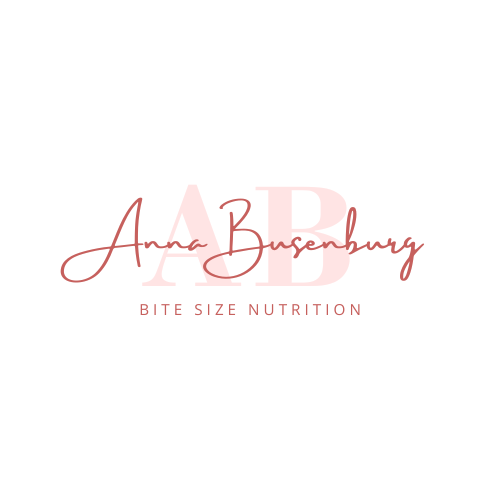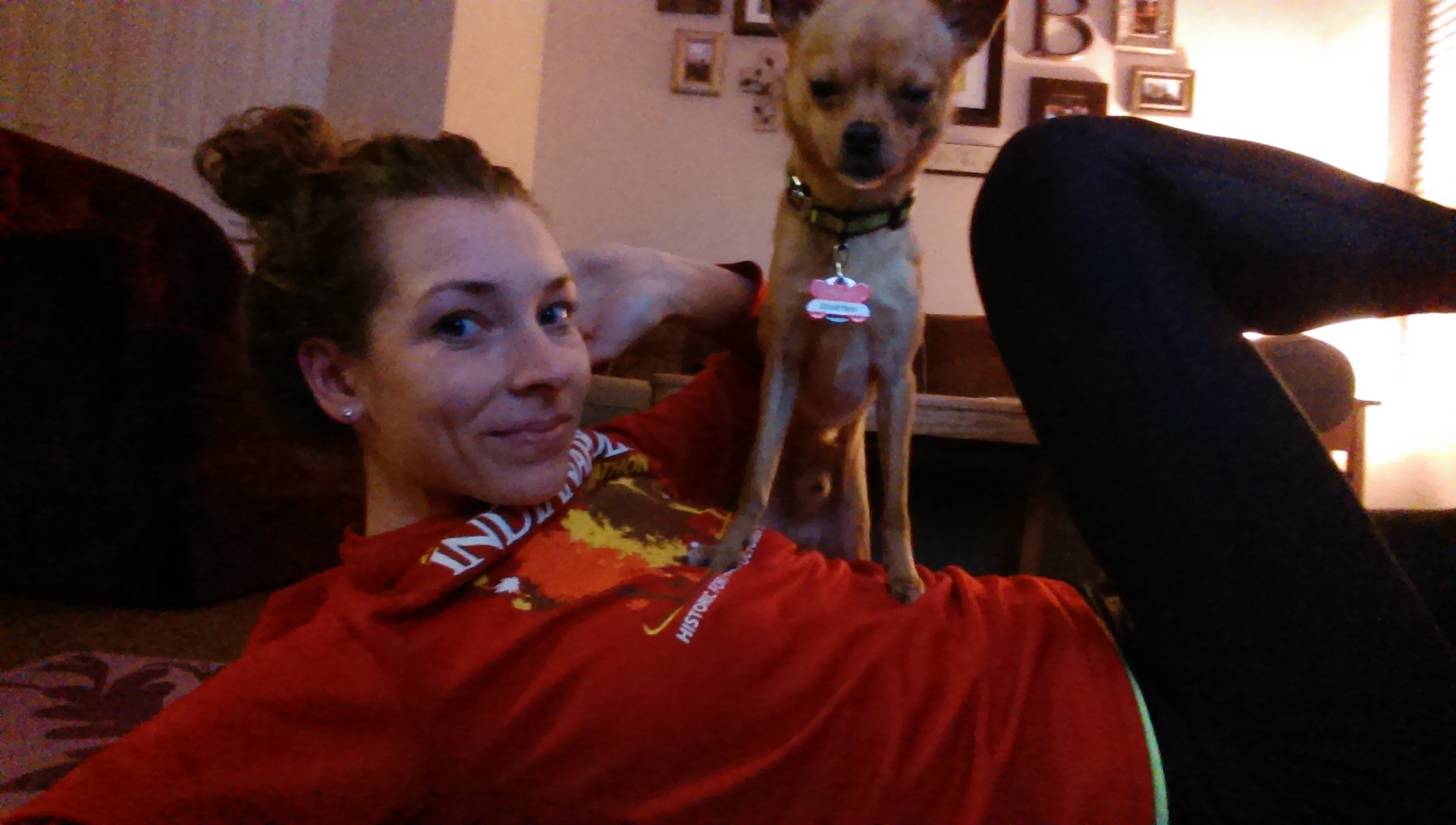Eating Disorder is an ugly term located somewhere on the spectrum of mental illnesses. For me, my eating disorder sat right next to Depression, tugged at its pigtails in class, didn’t do the reading and copied down answers during the exam.
I identified my depression long before placing a term to my struggles with food. And after identifying my depression, I realized that it had always been there. Thoughts of suicide, beginning at age seven or eight, had practically always been a part of my life. I considered it normal, as normal as the social isolation which played a huge part in my upbringing. Homeschooled until eighth grade, I consistently found it difficult to the point of physical discomfort to interact with others my age. Although I attended public high school and spent four years at a university, my social anxiety remained.
Much personal research over recent months has led me to realize myself as an individual with high functioning Autism, more commonly known as Asperger’s Syndrome. Those with an Autism Spectrum Disorder often possess intense singular interests or obsessions, becoming upset and disoriented if unable to pursue said interests or fulfill a routine built around them. Some of my clearest, recurrent memories from high school involve my parents, sister and myself in the car on the way to visit family or attend an event. I’m asking frantically, in classic broken-record fashion, what time we’ll be home. What time will I be able to go running? Can I take my running shoes? Will we be home before dark?
To say that my life revolved around Track and Field/Cross Country in middle school and high school would be a bit of an understatement. I never missed a workout. I arrived at school early to do sprints up and down the length of the building. Classes on meet-days were spent with my head on my desk, visualizing the race ahead of me. Lucky racing socks, sports bra, head band, pre-race songs, and of course food were essential for me to feel stable.
But high school doesn’t last forever. A stress-fracture along with normal hormonal changes had dampened my athletic success, causing me to split my attention between running and art, my other stand-alone interest. Attending a university to study graphic design seemed like the best course of action. It was at this point that my internal identity was forced to change, exuding pressure to shrink the idea of myself as an athlete. Obsessive behavior has no on/off switch. There is no quick and simple way to transfer attention from one focus to another for an obsessive individual. As I put more effort and time into art school applications, less time was devoted to running and my comfort routines associated. This half of myself exploded into panic mode, bringing the full fury of an obsession scorned during the summer following graduation. I continued to run every day but felt directionless without a team. I needed a goal. A competition, in which I could show progress. My weight was the obvious answer.
I didn’t like how I looked. College Orientation had left me feeling misplaced, anxious about being in a new environment with totally new people with whom to build relationships. Numbers on a scale became, for me, direct indicators of my worth. Depression gave back-bone to a blossoming eating disorder, magnifying feelings of isolation and proposing a physical reason for my social anxiety. To assign responsibility for a life-time of social mal-ease not only to oneself but to physical appearance, is undoubtedly warped. However, depression possesses a tremendous ability to skew one’s perception of reality. The eating disorder presented a standard and an “attainable” goal towards which I could direct myself during a period of intense transition. Depression seized hold of my anxiety, guilt (in regards to my anxiety and when I failed to meet my disorder-induced goals) etc. and fed off of it, triggering extreme periods of apathy, frustration, increased thoughts of suicide.
Spring of my Senior year, my weight clocked in at roughly 170lb. Throughout the Summer and early Fall, it dropped approximately thirty pounds to just under 140lb. To be clear, as someone who ran every day, I had never been overweight. The weight lost was healthy weight. From mid-Summer until the Spring of my Freshman year of college, I never had a menstrual cycle. A body fat index test at the gynecologist’s office reported my body fat content to be roughly 13% with at least 19% necessary for a period to take place. I was proud of these numbers, having physically sweat and shrunk myself to reach them.
I would have continued to push myself to lose more and more weight. I wanted to drop below 130, 120, 110, however low I could get. Thankfully, my mother and sister encouraged me to meet regularly both with a dietician and a licensed counselor. It was well into the following year before the weight began to slowly come back and for my period to return to a regular rhythm.
Neither my struggles with mental stability (depression and/or eating disorder) nor my story as an occupier of the Autism Spectrum, especially not my rough transition into university life are unique. Eating Disorders are, as a spectrum unto themselves, all too common among young girls, boys, men and women of all ages. But they never exist in a vacuum. Understanding where they originate is a journey for the individual. After moving up to a healthy weight and repairing the direct damage done by the disorder, I was able to take a step deeper within myself and address it as a comorbid effect of my depression. In recent months, identifying my depression as an intense situational response to life-long social anxiety and misunderstanding as an Aspie (person with Asperger’s) has helped me to understand myself. There is nothing wrong with the way that I think or relate to people. It is different, yes and at times frustrating for everyone involved, but I need not feel shame in my personal habits, quirks, routines or obsessive urges. I relate to people best one-on-one and don’t need to feel guilty or uncomfortable about wanting to limit my social interaction, let alone compensate by attempting to mold myself physically in hopes of creating a more acceptable version.
Even though I have moved beyond my active struggle with disordered eating, the mindset remains, like a dormant virus. It has no discernable effect from the onlooker’s perspective but is always present. It has influenced large and small decisions about how I live my life. I no longer run but walk as a means of enjoyment and transportation; there are no scales in my home and never will be; I shut my eyes at the doctor’s office when they take my weight; and I remember the mindset is still present when I look in the mirror and instinctively turn to the side to check the profile of my stomach. The mindset is here to stay. It is a part of who I am. All I can do is learn to understand where it comes from, what gives it power. Taking the power away from my anxiety/disordered thinking and assigning it to myself is a daily process. But there is no battle more worth fighting than the one for your own happiness and quality of life.




































